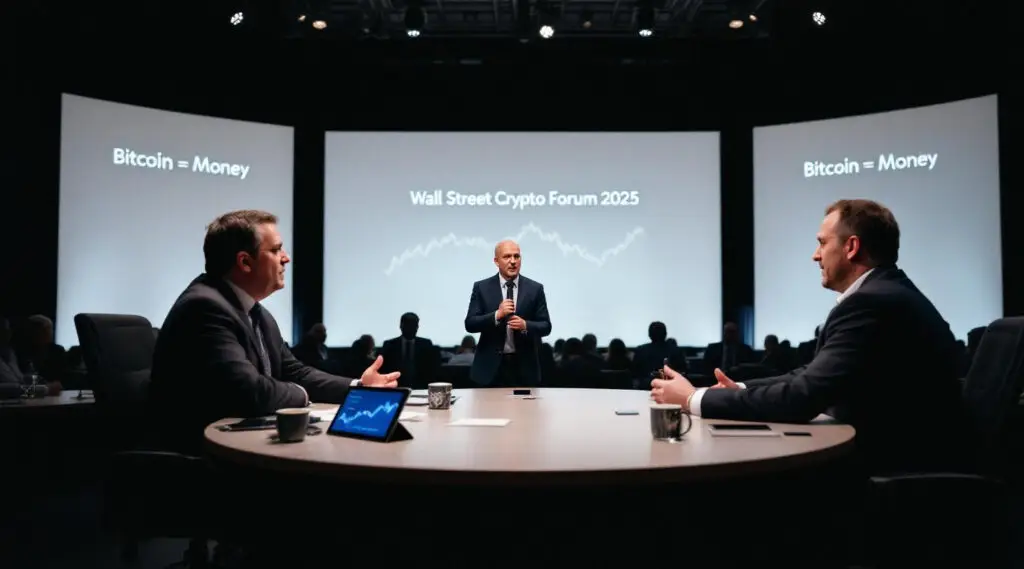The Rise of the Crypto Treasury
According to the latest Crypto Market Monitor report from Amina Bank, a licensed Swiss financial institution, there’s a notable shift in corporate finance with the rise of crypto treasury companies. The report highlights how major companies are moving beyond a bitcoin-only strategy to embrace a more diverse, multi-asset approach. Among the notable additions to corporate balance sheets is XRP, the native token of the Ripple payment network, which is gaining significant traction due to landmark regulatory clarity and its operational utility.
Regulatory Clarity Fuels Adoption
A key driver behind the accelerated adoption of XRP is Ripple’s partial court victory in the U.S., which clarified that the token is not a security when sold on exchanges to retail investors. This regulatory certainty has removed a major overhang and emboldened institutional players. The report notes that in the year since this legal development, XRP’s price has surged by over 480%. This rally has prompted public companies to announce plans to purchase more than $980 million worth of the token, signaling a strong belief in its long-term value.
Major Corporate Commitments
Several public companies have already begun to implement an XRP treasury strategy. Nature’s Miracle Holdings, a U.S.-based agricultural technology firm, has disclosed plans to allocate up to $20 million into XRP. Even more dramatically, Nasdaq-listed Vivopower International has raised $121 million to create an XRP reserve, with the goal of becoming the first publicly traded company dedicated to the token. These significant commitments demonstrate that corporations are now seeing XRP as a viable asset that combines a useful operational use case with the potential for yield generation.
XRP’s Appeal to Institutions
XRP’s appeal to corporate treasuries stems from its high liquidity, seamless integration with Ripple’s payment network, and its suitability for institutional transaction needs. The token’s design facilitates fast and low-cost cross-border payments, which is a major pain point for many global corporations. While Amina Bank cautions about risks like market volatility and potential impairment charges, the token’s tangible value through its payment network integration provides a compelling argument beyond mere speculation.
An End to the Legal Battle
In a significant boost to market confidence, Ripple and the U.S. Securities and Exchange Commission (SEC) have officially ended their long-running legal dispute, with both parties withdrawing their appeals. This cements the court’s original ruling and removes the last major regulatory hurdle. This resolution not only opens the door for greater institutional adoption but also paves the way for new investment vehicles, such as exchange-traded funds (ETFs) for XRP, which could further accelerate its integration into traditional financial systems.
The Next Chapter for XRP
The combination of regulatory clarity and surging corporate interest marks a new chapter for XRP. As more companies seek to diversify their balance sheets and leverage the efficiency of blockchain technology for payments, XRP is well-positioned to become a key component of the evolving institutional crypto landscape. The asset’s journey from a legally challenged token to a corporate treasury staple is a powerful testament to its enduring utility and the growing acceptance of digital assets in mainstream finance.
Read More: XRP Leads Crypto Gains as Bitcoin Nears $115K Amid Tariff and Fed Concerns























